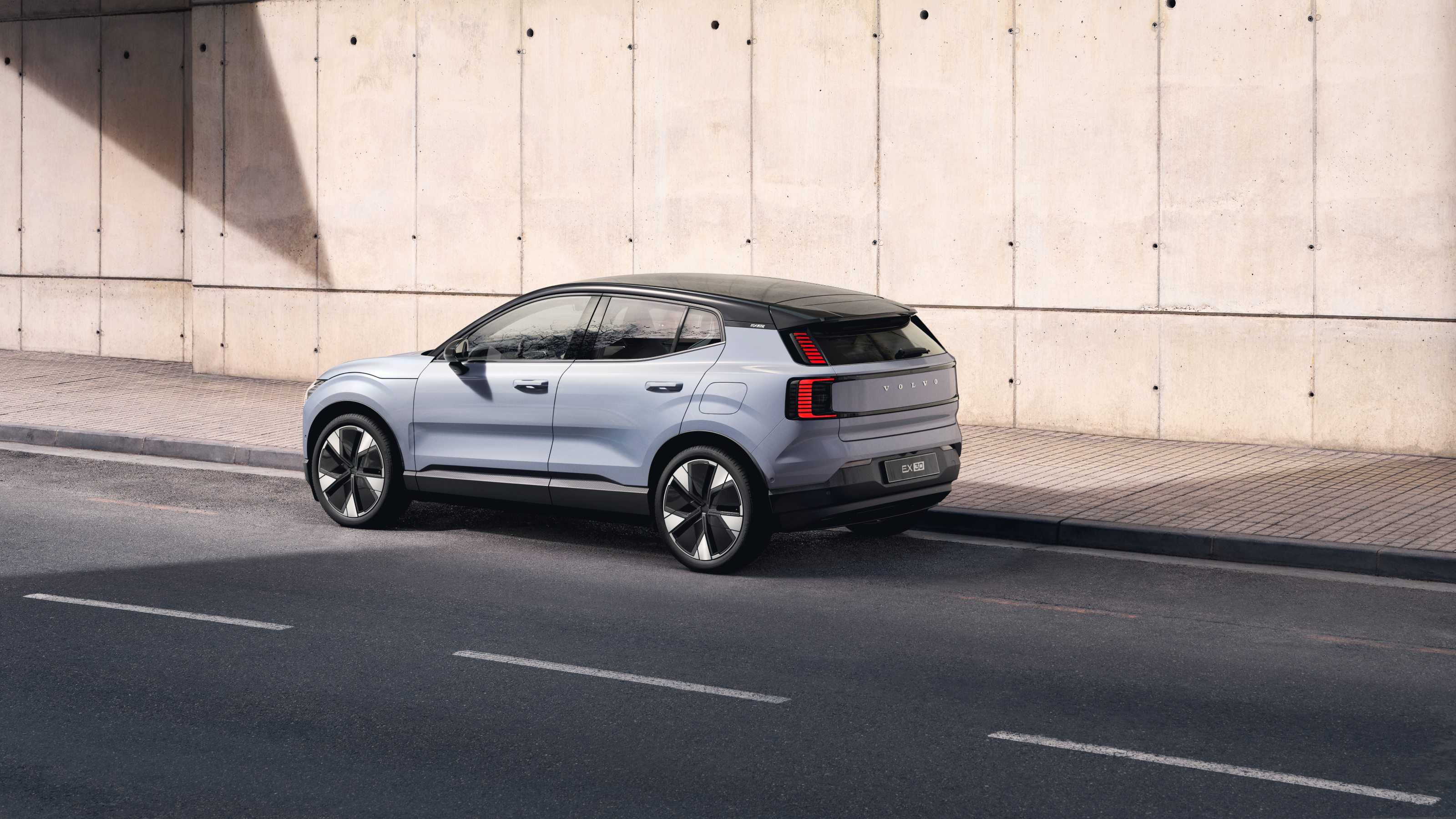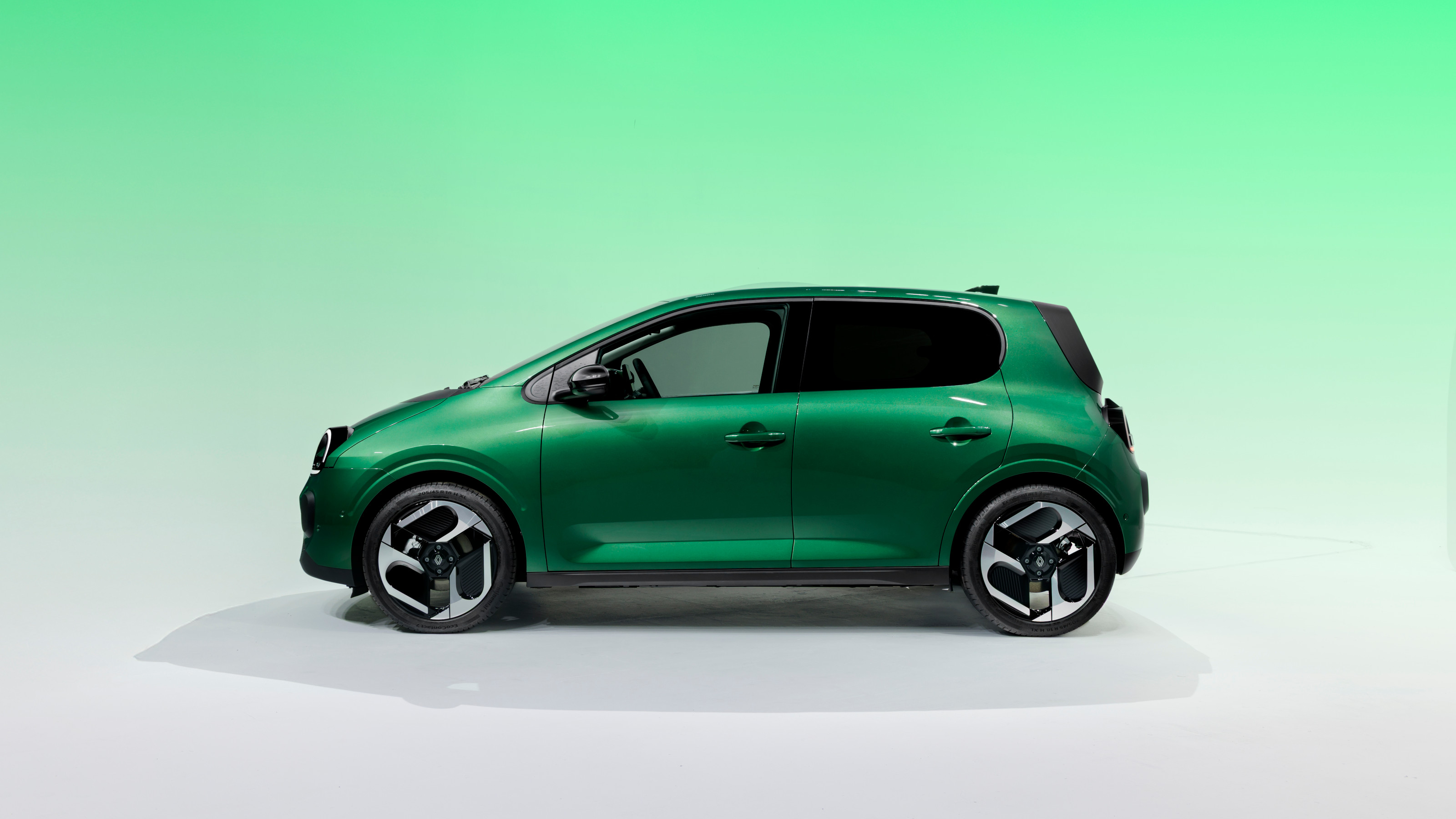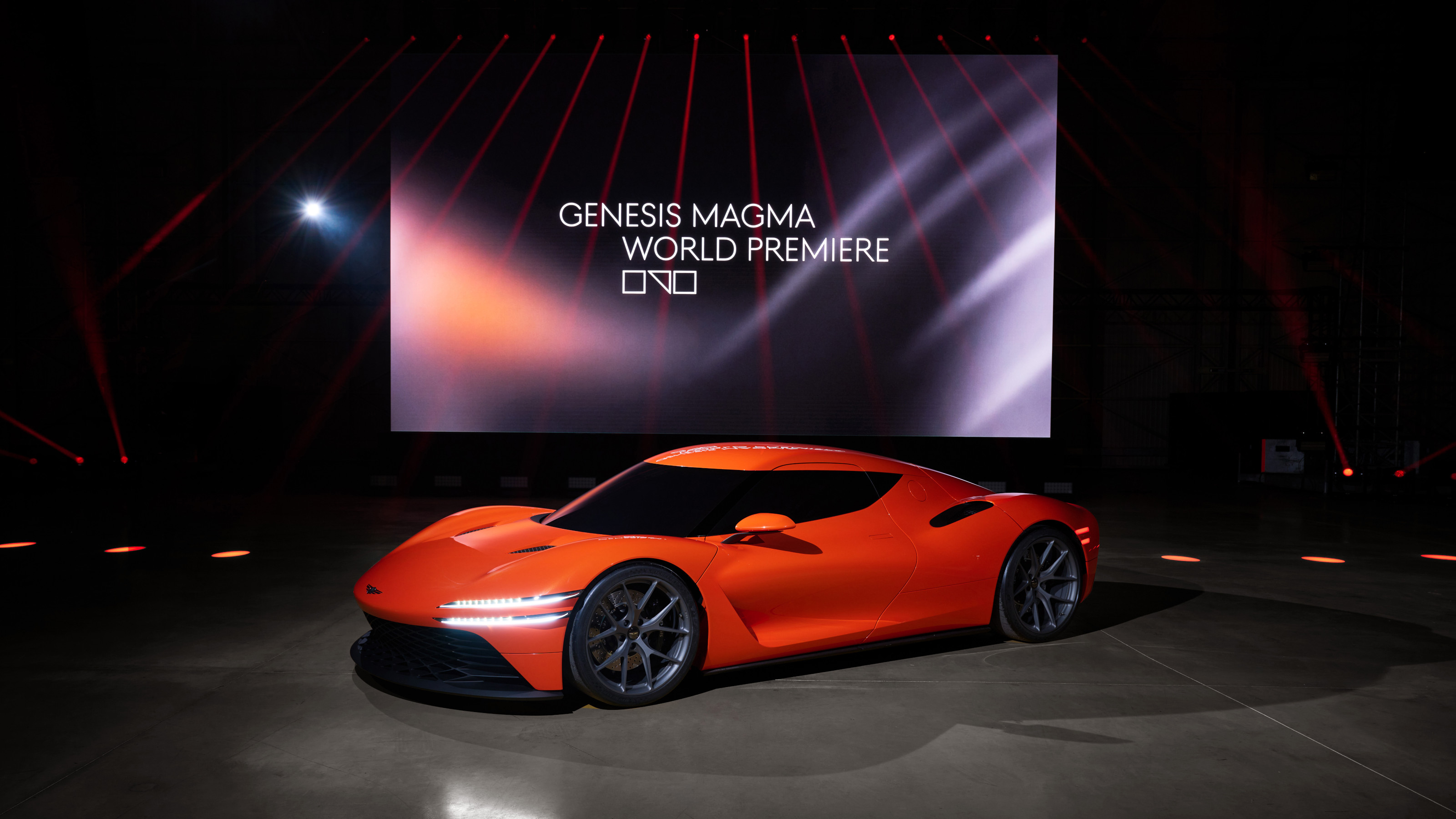Volvo EX30 squeezes new materials and world-leading safety into a compact EV
The new Volvo EX30 is the smallest car in Volvo’s range. The full electric SUV provides a compelling mix of forward-thinking interior design with innovative materials and Google technology

This is Volvo’s new EX30, a fully electric compact SUV that takes the brand into the small car space for the first time in a generation. The Volvo EX30 goes hard on sustainability and accountability, taking a leaf out of sister company Polestar’s great big book of decarbonisation by setting out the facts and stats behind the shiny new metal.

Available in three different mechanical configurations (an all-wheel drive Twin Motor Performance model and rear wheel drive Single Motor and Single Motor Extended Range), the EX30 makes a virtue of its relatively small footprint. Volvo describes it as having ‘the smallest lifecycle CO2 footprint of any Volvo car to date’, calculating that over the course of 200,000km of driving, the car will produce under 30 tonnes of CO2 (including that used in its manufacture).

Volvo (and Polestar) are ahead of the game when it comes to such calculations, even though there’s no standard metric that can be applied across the entire industry. And given that Volvo’s other products are mostly large SUVs and estates, it’s not especially surprising to find the EX30 gets the best score here. Volvo has worked hard to ramp up the recycled materials; a quarter of the aluminium used, for example, and the interior dashboard proudly bears the flecks that signify second-use plastic (in this case from discarded plastic window frames).

The tech elements also follow Volvo’s ongoing path to simplicity. For the first time, a Volvo interior appears as pared back and minimal as the original Tesla, a choice that won’t please everyone (the company used to ensure its knobs and buttons could be operated when wearing heavy Swedish winter gloves). Key functions are duplicated on the steering wheel, but everything else goes through a Google-driven 12.3in screen.

All this is wrapped up in a body style that’s distinctly conservative, distinguished only by the marque’s new frontal treatment (slimmer lights, no grille) and the signature kicked-up line on the rear door that meets the thick C-pillar. Short overhangs maximise internal space and there’s Volvo’s industry-leading safety systems, both in terms of the car’s physical construction and its advanced electronic systems.

The EX30 might be small, but it’s also mighty; in Twin Motor Performance guise it dispatches the 0-60mph sprint in 3.4 seconds, making it the fastest-accelerating Volvo ever. That same model will have a range of up to 265 miles, while the Single Motor Extended Range model gets an extra 10 miles on top of that. The base Single Motor model makes do with only around 200 miles, although all three versions naturally feature fast charging.

Despite the relatively conventional exterior, the EX30 marks a sea-change in approaches to colour, materials and trim. The four design themes – Breeze, Indigo, Mist and Pine – use materials like woven flax, upcycled denim, ground plastic, blended wool, recycled plastic bottles for the carpets and a material called ‘Nordico’, made partly from Finland- and Sweden-sourced pine oil.
Receive our daily digest of inspiration, escapism and design stories from around the world direct to your inbox.
The pared-back interior is not lacking in practicality, with myriad storage spaces, from dedicated phone pockets for rear passengers to a removable rear storage box and a size guide in the boot. First deliveries are due in early 2023, with a rugged EX30 Cross Country version following later in the year.
Volvo EX30, from £33,795, Volvocars.com
Jonathan Bell has written for Wallpaper* magazine since 1999, covering everything from architecture and transport design to books, tech and graphic design. He is now the magazine’s Transport and Technology Editor. Jonathan has written and edited 15 books, including Concept Car Design, 21st Century House, and The New Modern House. He is also the host of Wallpaper’s first podcast.
-
 The White House faced the wrecking ball. Are these federal buildings next?
The White House faced the wrecking ball. Are these federal buildings next?Architects and preservationists weigh in on five buildings to watch in 2026, from brutalist icons to the 'Sistine Chapel' of New Deal art
-
 Georgia Kemball's jewellery has Dover Street Market's stamp of approval: discover it here
Georgia Kemball's jewellery has Dover Street Market's stamp of approval: discover it hereSelf-taught jeweller Georgia Kemball is inspired by fairytales for her whimsical jewellery
-
 The best way to see Mount Fuji? Book a stay here
The best way to see Mount Fuji? Book a stay hereAt the western foothills of Mount Fuji, Gora Kadan’s second property translates imperial heritage into a deeply immersive, design-led retreat
-
 Rivian hits Miami Art Week to release R1S Quad Miami Edition, a new colour and a scent
Rivian hits Miami Art Week to release R1S Quad Miami Edition, a new colour and a scentVivid sights and evocative smells are part of Rivian’s quest to humanise its all-electric SUVs
-
 RBW EV brings a much-loved classic sports car aesthetic into the modern era
RBW EV brings a much-loved classic sports car aesthetic into the modern eraThe RBW Roadster and GT hark back to a golden age of sports car design. Under the skin, these British-built machines feature bespoke all-electric running gear
-
 All hail the compact new Renault Twingo E-Tech – the city car is back in style
All hail the compact new Renault Twingo E-Tech – the city car is back in styleRenault continues to pay homage to its heritage by combining it with 21st-century technology. The new Twingo E-Tech is another winner
-
 Genesis turns up the heat with its new Magma performance sub-brand
Genesis turns up the heat with its new Magma performance sub-brandGenesis has revealed the hot new GV60 Magma and striking Magma GT Concept in its quest to own luxury performance
-
 Around London in sybaritic silence with the majestic all-electric Lunaz Phantom V
Around London in sybaritic silence with the majestic all-electric Lunaz Phantom VClassic electrifier Lunaz has turned its skilled hands to the Rolls-Royce Phantom V. We sample the ultimate in zero-emission luxury on the streets of London
-
 Volvo ES90 brings calm, quiet Scandi sophistication to the electric saloon car market
Volvo ES90 brings calm, quiet Scandi sophistication to the electric saloon car marketThe new Volvo ES90 is one of the few contemporary automobiles that could truly be described as quintessentially modernist. We take it for a ride
-
 Avatr Vision Xpectra concept transforms cars into ‘emotionally intelligent companions’
Avatr Vision Xpectra concept transforms cars into ‘emotionally intelligent companions’Revealed in Munich, electric car maker Avatr’s futuristic Vision Xpectra is a car that is not only beautiful, but a true form of ‘emotive luxury’
-
 Dacia wants to make small cars great again – all hail the new Hipster Concept
Dacia wants to make small cars great again – all hail the new Hipster ConceptThe best way to minimise energy use in all its forms is to downsize. The Dacia Hipster Concept is a smart way of making a practical car way more pint-sized